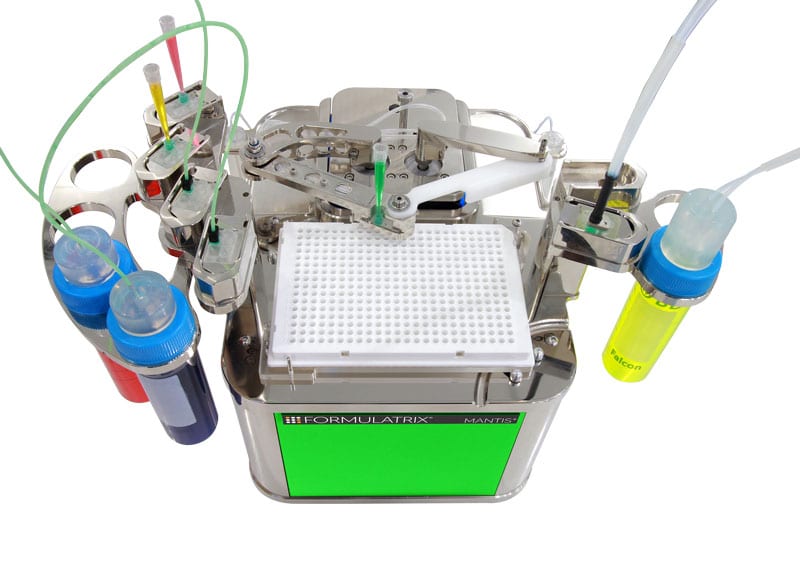Single-cell RNA sequencing (scRNA-seq) is a breakthrough technology that has increased the resolution to study biological systems tremendously. It is now possible to dissociate complex tissues into their individual cell types and understand their gene expression patterns. Furthermore, we can now not only characterize heterogeneity between groups of cells but also within them, oftentimes challenging the concept of what defines a cell type. scRNA-seq technologies have rapidly matured, but are frequently closed commercial systems or require specialized equipment. Recently, Dr. Hagemann-Jensen and colleagues, from Karolinska Institute in Sweden, reported the development of Smart-seq3, a significantly improved iteration of the popular Smart-seq chemistry.
Smart-seq3 shows a dramatic increase in sensitivity compared to Smart-seq2 and will typically detect thousands more genes per cell. Furthermore, the protocol now implements a unique hybrid approach of full-length transcript coverage and a 5’ UMI-tagging strategy. This enables both accurate quantitative mRNA measurements while retaining the unique ability of full-length coverage to investigate alternative splice isoforms and expressed genetic variation. Excitingly, Smart-seq3 libraries can be generated at a relatively inexpensive reagent cost without the need for platform-specific equipment. However, by integrating the MANTIS® liquid dispenser from Formulatrix (Figure 1), it is possible to automate most steps of the Smart-seq3 protocol to increase throughput, reduce dead volumes and eliminate pipetting steps with the associated cost of pipette tips.

In this application note, we will demonstrate the key steps where the MANTIS can be implemented in the library preparation workflow.
To learn more about this study, read the application note or watch to the webinar using the links below
